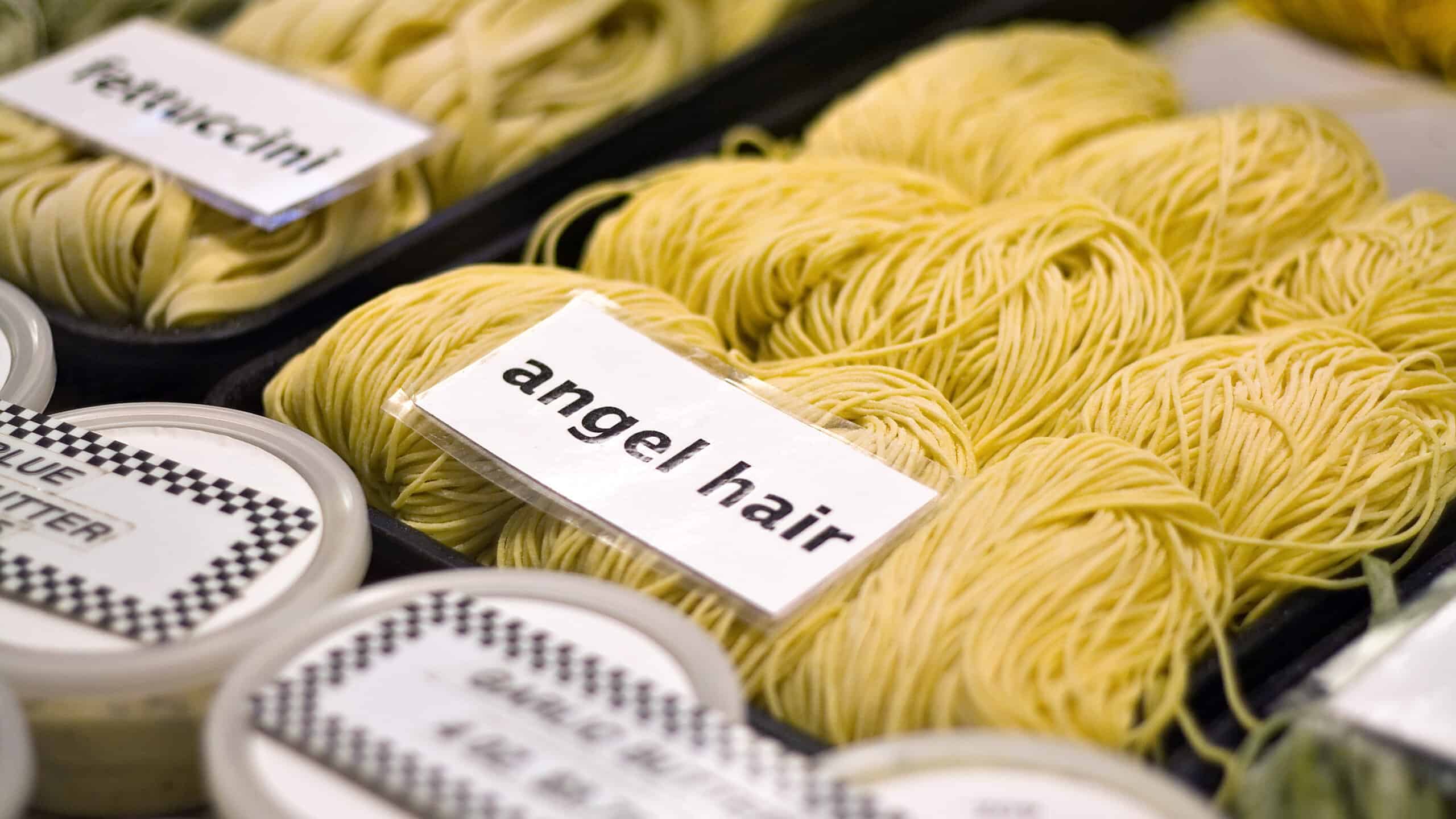Picture this; you’re in the grocery aisle and trying to determine the difference between capellini vs. angel hair pasta. They look the same. They’re basically the same color and the pasta's cut is quite similar! The true differences between these two come down to measurement and name.
While some people swear they can taste a difference, these two kinds of pasta have a long history of being substituted for one another, because they really are so similar. Like other very thin noodles, they can become overcooked quickly, and there are certain tips for working with capellini and angel hair pasta that will be discussed in this post.
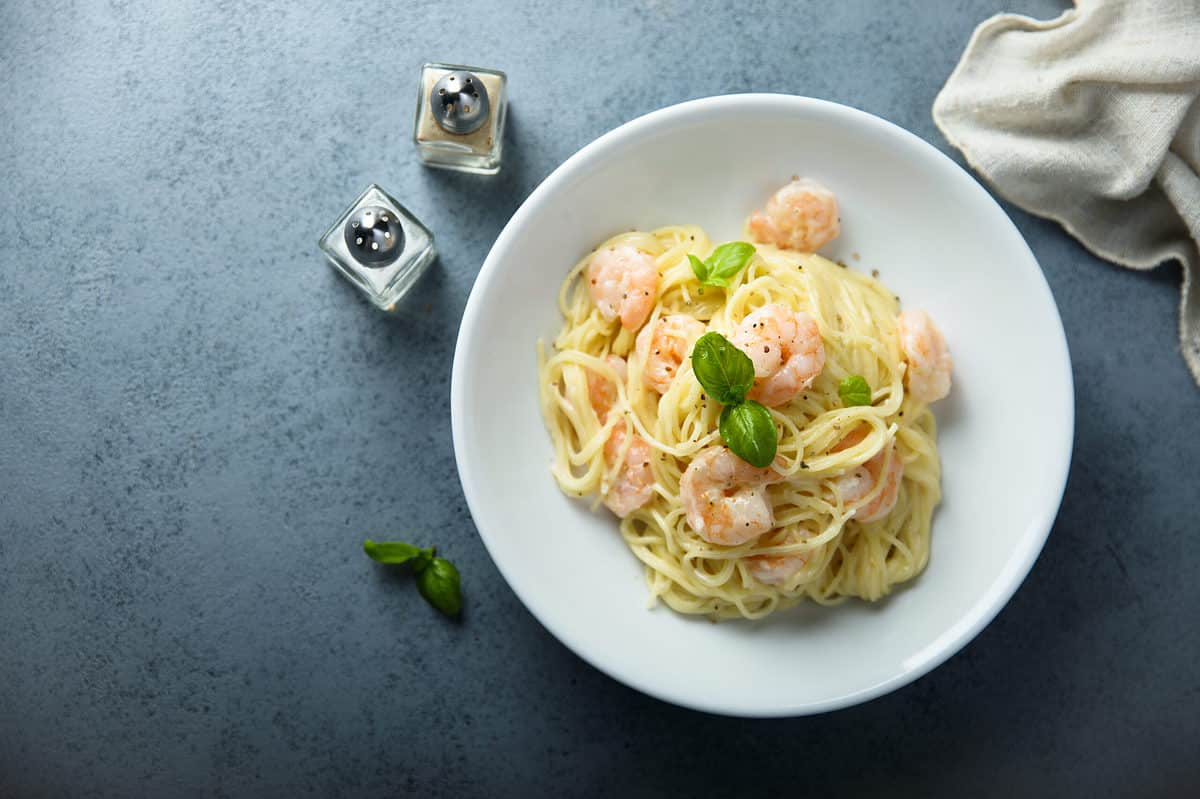
©MariaKovaleva/Shutterstock.com
So, let's continue! In this post, we’ll talk a bit about the history of both capellini and angel hair pasta. We'll also take a look at how these pasta types are made. By the end of this, you’ll be familiar with some of their more popular uses in cooking. And maybe you’ll even have a few ideas of your own for how you want to use them! The next trip to the grocery store will go on without a hitch. You’ll know the subtle difference and which one of these pasta types, capellini vs. angel hair, you want to buy!
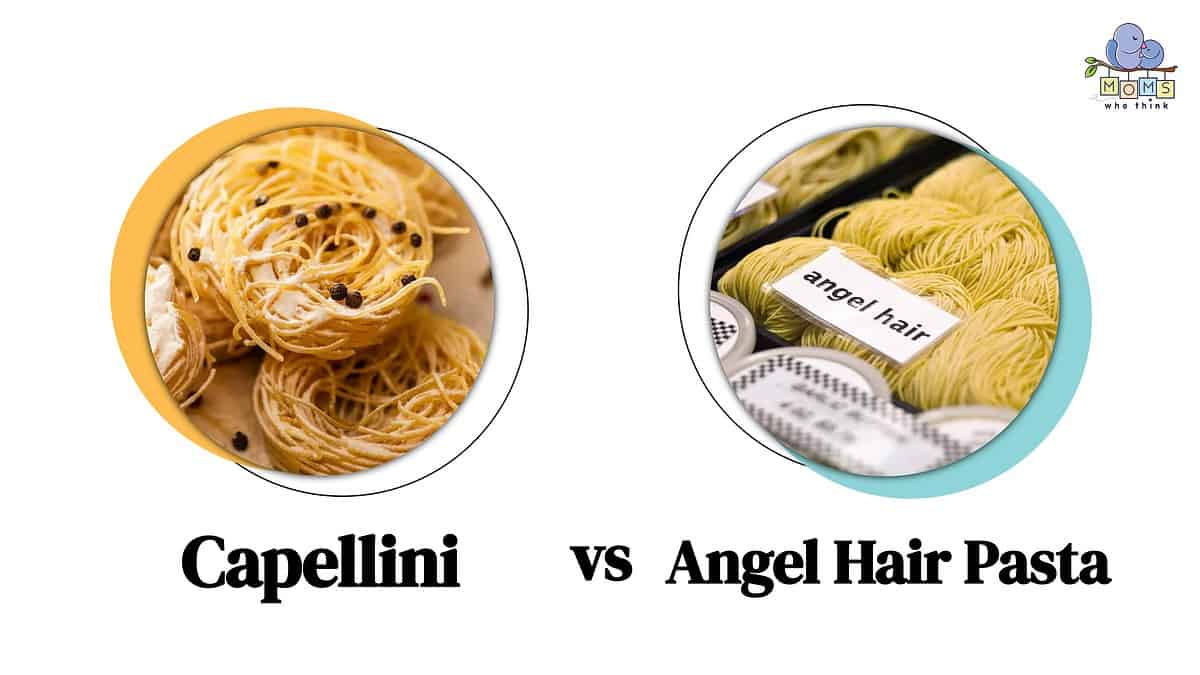
Capellini vs. Angel Hair Pasta: What is the difference?
The primary difference between capellini and angel hair pasta comes down to their diameter. Capellini, which means “little hairs” in Italian is .85 to .92 millimeters while angel hair pasta measures .78 to .88 millimeters in diameter. Capellini is best suited to lighter sauces, such as olive oil or tomato sauces. Angel hair pasta is also suited for light sauces. Despite their very slight size differences, both kinds of pasta can be used interchangeably in most recipes.
- The must-have convenient reference guide for every home cook!
- Includes more than 8,000 substitutions for ingredients, cookware, and techniques.
- Save time and money on by avoiding trips to grab that "missing" ingredient you don't really need.
What Is Capellini Pasta?
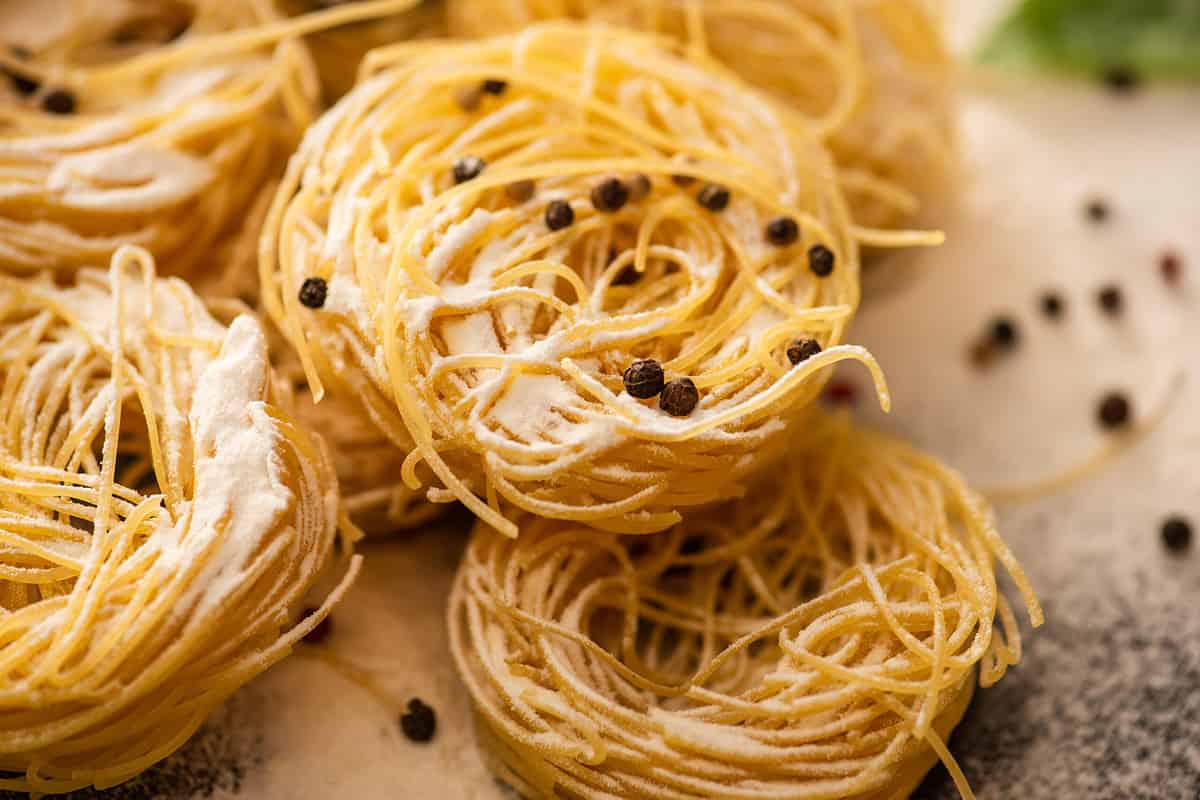
©LightField Studios/Shutterstock.com
The Italian word “capellini,” translates to “little hairs” in English. This is fitting for this very thin style of pasta, that does look a lot like spaghetti. Thin noodles like capellini and angel hair pasta, along with vermicelli rice noodles, all tend to cook very quickly in water. This makes them an easy dish to whip together, but also tends to mean they get overcooked!
What Is Angel Hair Pasta?
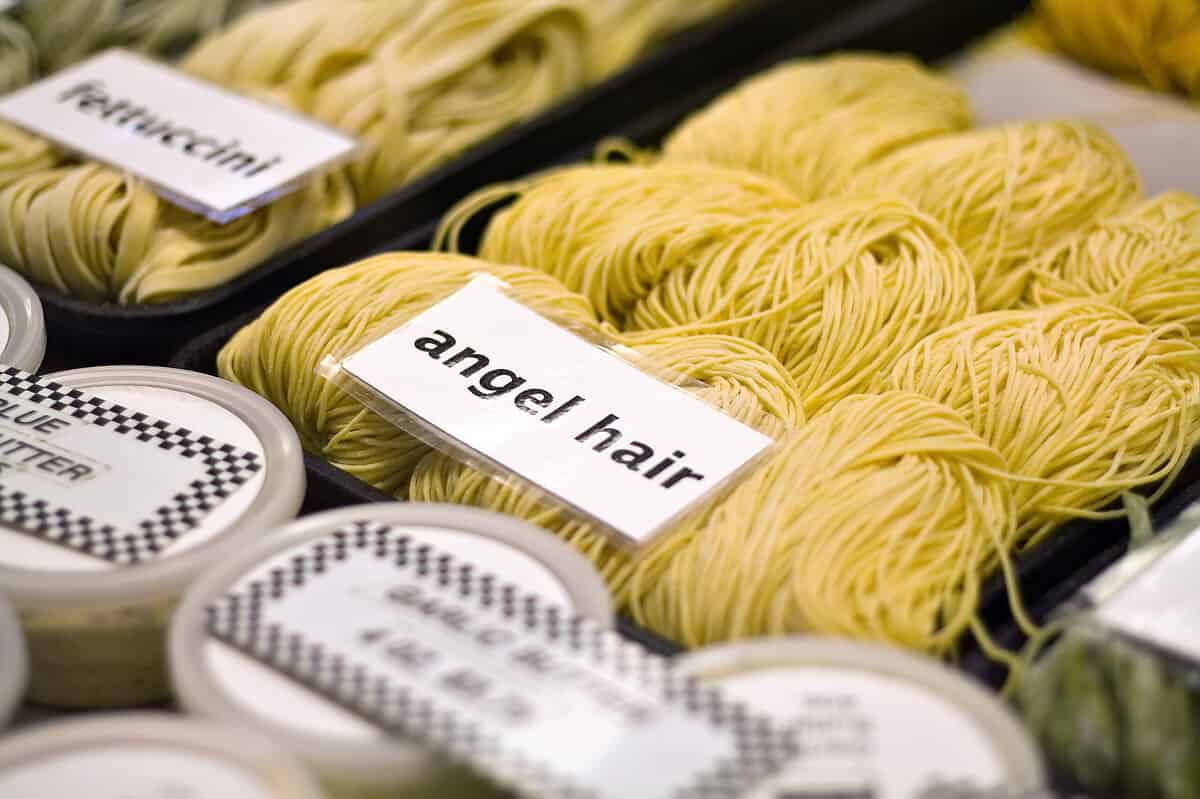
©Denise Kappa/Shutterstock.com
Angel hair pasta, on the other hand, is called “capelli d’angelo” in Italy. It is the even thinner counterpart to capellini. These angel-hair-thin strands can provide a light and lovely glutenous base to marinara, cream, or pesto sauces. You can add it to seafood soups or mussels for a nice pairing with saltier ingredients.
The History And Origins
If you guessed that both these kinds of pasta had their start in Italy, then you would be right! Recorded as far back as the 17th century, it was made in large sheets from an egg-based dough. These sheets were cut into tiny, tiny strips that were then rolled to create the shape of the pasta. According to Taste, Italian nuns would feed these pasta types to new mothers or people who were sick. Because of the texture when cooked, it was an easy meal to get down!
Eventually, these pastas made their way to the States with the help of Italian immigrants. There is a theory that it was such a hit because the translation of “Angel Hair” made the pasta sounds simply so beautiful! Flash forward to the 1990s, this pasta had a spike in popularity as a diet food! There were many ways to prepare the dish with a light sauce and since it digested so easily and filled you up, people were totally hooked!
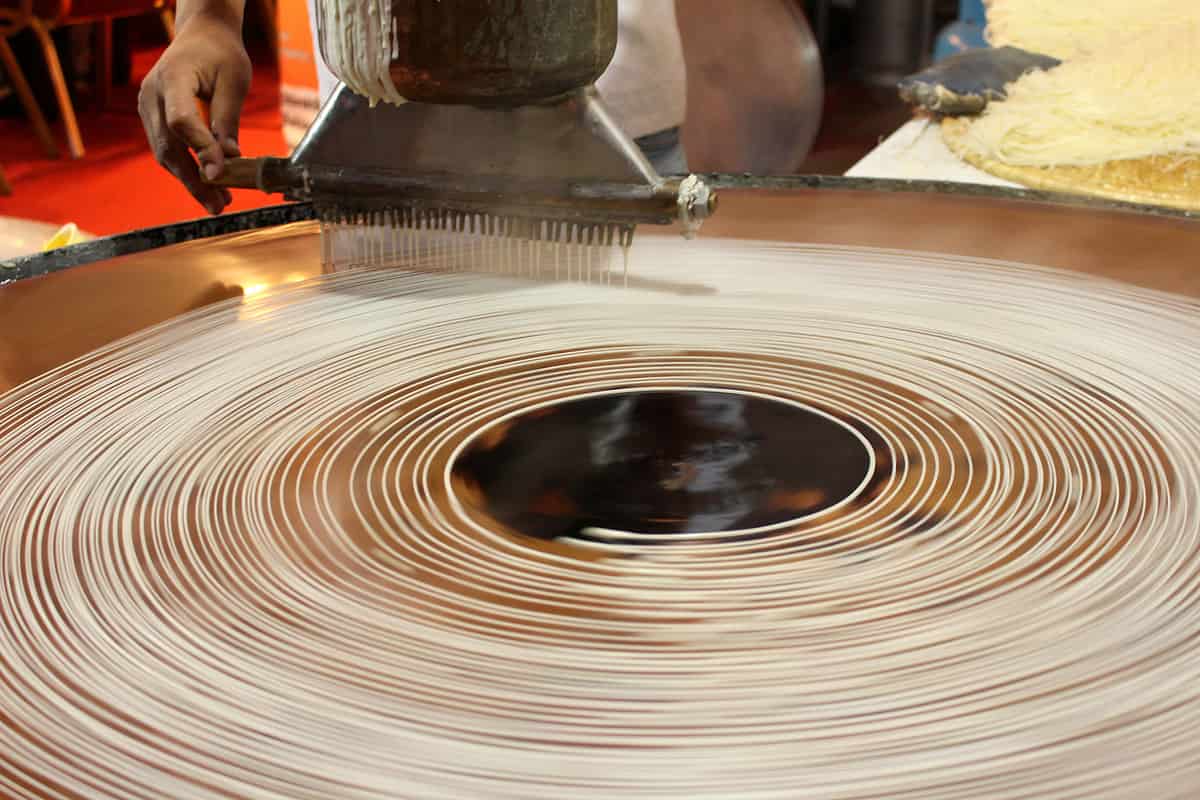
©iStock.com/SEYLUL06
How These Pastas Are Made
Traditionally, both these kinds of pasta would be cut and hand-rolled from a sheet of egg-based dough. They would then be hung to dry and coiled into nest-like clusters for eventual boiling. It was likely harder to differentiate capellini vs. angel hair when they were being hand rolled! Modern-day pasta machines allow for down to the micro-meter measurements of the diameter! All you need to do is set the numbers and it will cut the pasta accordingly.
Handmade capellini or angel hair pasta, has the same process as other pasta types. Add eggs to flour, and knead it into a dough with your hands. Refrigerate the dough until it is ready to be rolled out, and then, like the ancient Italian cooks, cut the pieces and roll them as thinly as you can. They may not look exactly like the storebought kind but how cool to try and make your own!
Taste recommends that the pasta is removed from the water right when it becomes “al dente.” This means that it still has some firmness and isn't totally floppy. Capellini and angel hair can both become overcooked fast and the result can be a glutenous, mushy mass of noodles. They're delicate and need to be cooked with that in mind!
Nutritional Value
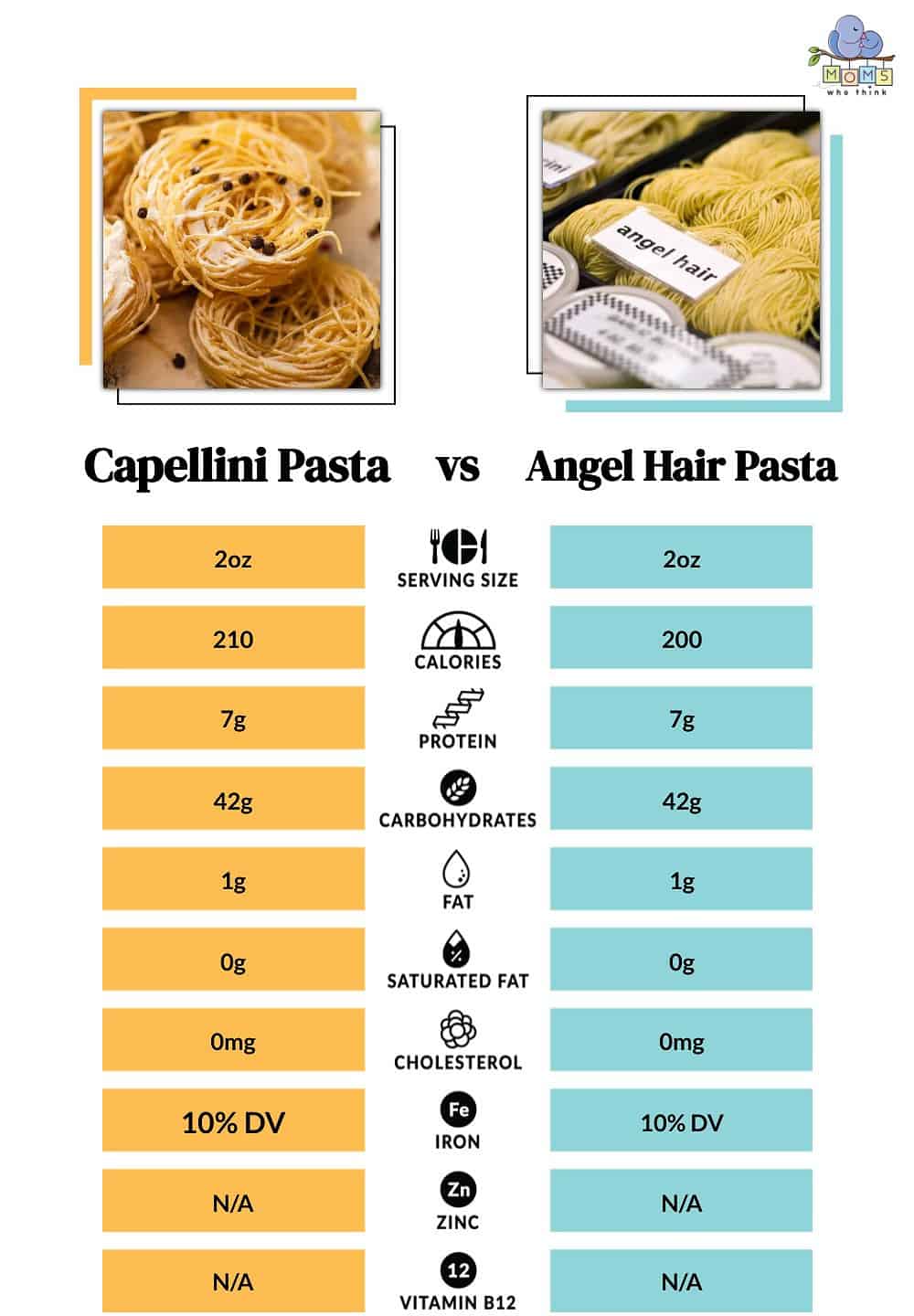
©
The nutritional value of both these pasta types will change depending on if you buy them or make them. Certain substitutions can increase or decrease their nutrient profile. In 2 ounces of pasta, there are about 210 calories, 1 gram of fat, 1.7 grams of fiber, 7 grams of protein, 2 grams of sugar, and 41.3 grams of carbohydrates. This serving size also contains niacin, thiamin, iron, and riboflavin, all of which are totally healthy for you in serving amounts.
So, is pasta good for you? While anything in excess is not great and pasta is often considered a source of “bad carbohydrates”, WebMD considers pasta part of a balanced diet. When prepared correctly, pasta can be refreshing and filling. It's affordable, a good source of fiber and protein, and easy to make. Plus the whole grain version of most pasta has some great health benefits, like aiding in digestion and possibly even cancer prevention.
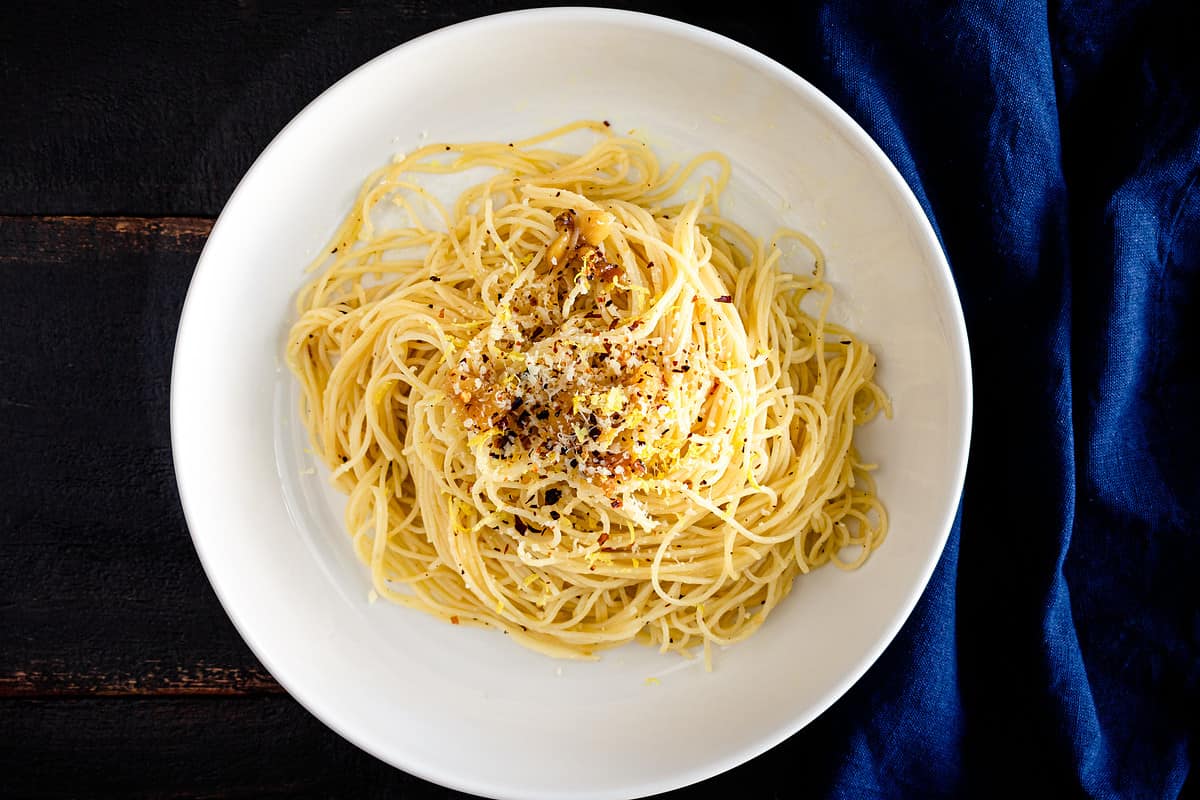
©iStock.com/Candice Bell
Popular Uses
Pasta is a really versatile ingredient. As a base, it can be used with sauces and seafood, in soups, stews, and even some sweet dishes. Some popular dishes for capellini and angel hair pasta include paellas or other kinds of seafood. Try them in the creamy broth with mussels or top them with scallops. This type of pasta is delicate so pairing it with lighter sauces or as a counterpoint to salty meats can be a great move for any kind of dinner plan. With vegetables, they are also divine. Try capellini or angel hair with mushrooms or with some cooked tomatoes, zucchini, and sweet onions (via Taste of Home.)
- The must-have convenient reference guide for every home cook!
- Includes more than 8,000 substitutions for ingredients, cookware, and techniques.
- Save time and money on by avoiding trips to grab that "missing" ingredient you don't really need.
Are Capellini and Angel Hair Pasta the Same Thing?
In the debate of capellini vs. angel hair pasta, it is a very close call as to if they are the same. They are different sizes, but they can be used in a variety of dishes with relatively little thought as to which kind of pasta you are using. Capellini may hold up better when boiled due to its incrementally larger diameter, but if you know how to cook angel hair to an al dente consistency, either pasta pairs beautifully.
Possible Alternatives to Capellini and/or Angel Hair Pasta
If you're looking for a gluten alternative, there are kinds of both capellini and angel hair that are made with wheat-grain alternatives. Try out Barilla's lentil capellini or Banza's chickpea angel hair! For other noodle options entirely, vermicelli rice noodles are similar in thinness and will cook quite easily. There are also noodles made from just dried squash that are very thin and cook very fast. Happy cooking!
Capellini vs. Angel Hair Pasta: Final Thoughts
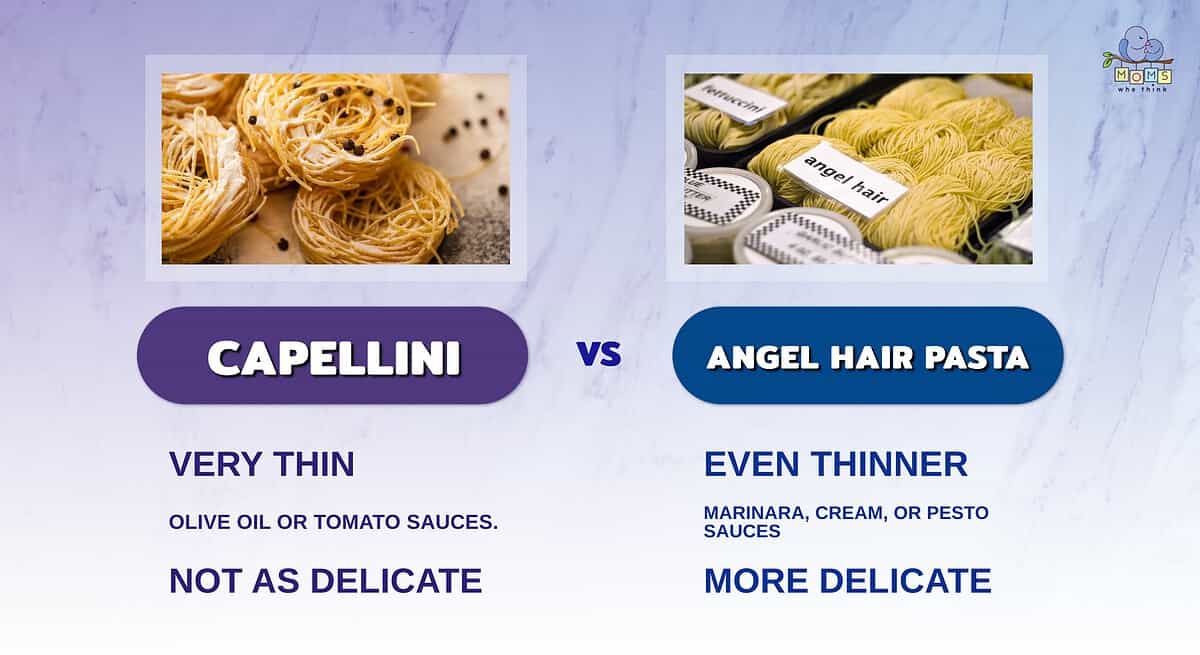
Capellini and angel hair pasta are very similar. They both come from Italy and are often substituted for each other in recipes. Some people say they can taste a difference, but most people don't notice. Any differences between the two are quite subtle. Here are a couple of those differences:
- Capellini is a thin pasta, and angel hair is even thinner.
- Angel hair is a bit more delicate than capellini.
An Angel Hair Pasta Recipe to Try
Print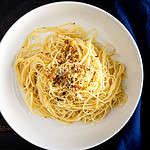
Angel Hair Pasta with Tomatoes, Basil, and Garlic
Ingredients
1 pound angel hair pasta, uncooked
2 Tablespoons vegetable oil
1 Tablespoon minced garlic
5 cups tomatoes, diced
1/2 teaspoon basil
Salt
Ground pepper
3/4 cup chicken broth
5 Tablespoons Parmesan cheese
Instructions
1. Prepare pasta according to package directions; drain.
2. Heat oil in a large skillet over medium-high heat. Add garlic and cook for one minute.
3. Add tomatoes, basil, salt and pepper. Cook for 3 minutes.
4. Add hot pasta to skillet; toss well.
5. Add chicken broth and stir. Toss with Parmesan cheese and serve immediately.
The image featured at the top of this post is ©Denise Kappa/Shutterstock.com.
- The must-have convenient reference guide for every home cook!
- Includes more than 8,000 substitutions for ingredients, cookware, and techniques.
- Save time and money on by avoiding trips to grab that "missing" ingredient you don't really need.
